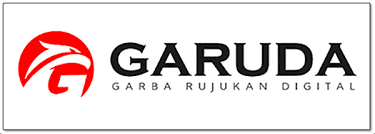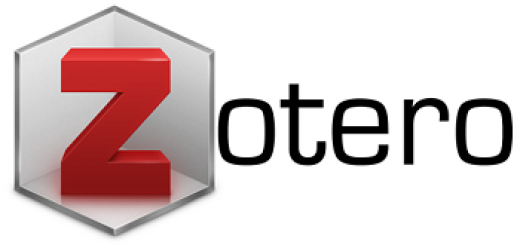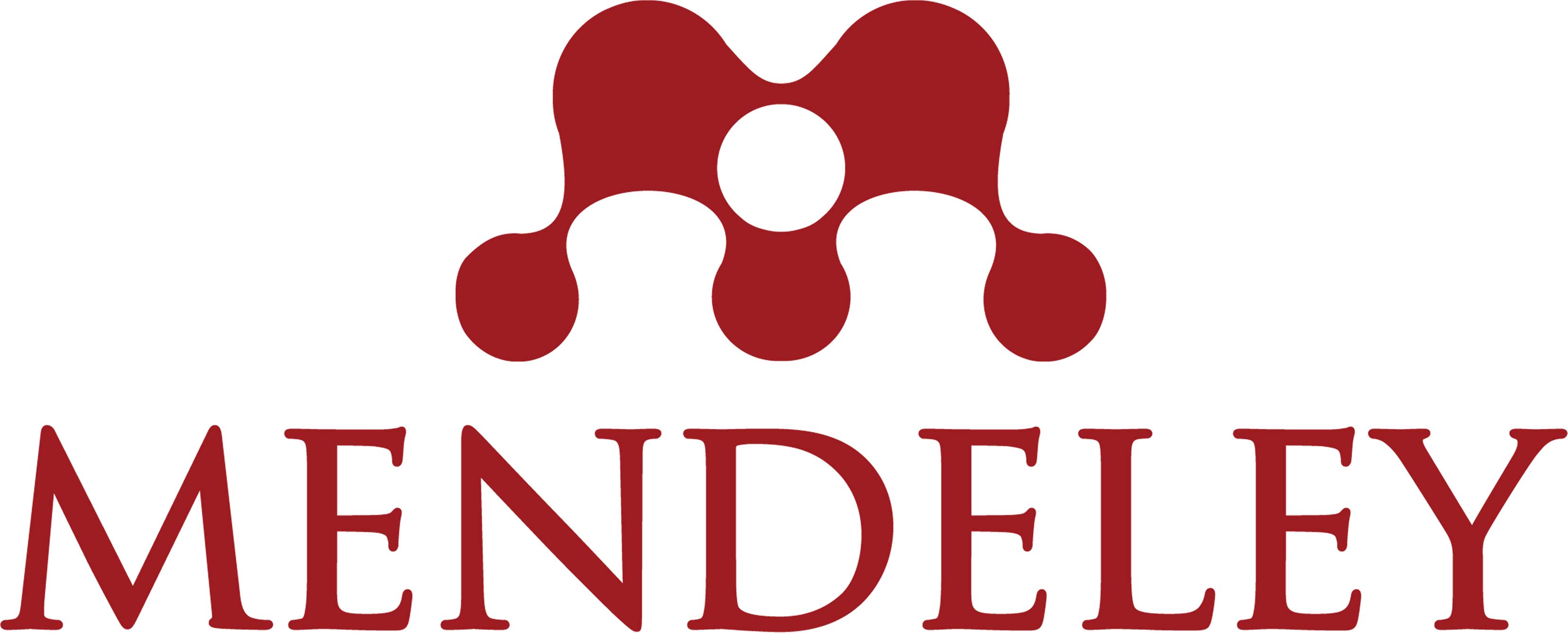The Polysemous Words Found In Business Section of The Economist Magazine
DOI:
https://doi.org/10.17977/um064v2i12022p77-90Keywords:
Polysemy, Componential Analysis, The EconomistAbstract
Abstract: The aims of this research are to find out types of polysemy (one of lexical relations) based on the explanation in the book Meaning in Language by Allan Cruse (2000) and to explain polysemous words that are recognized as business terms. Research design for this research is descriptive qualitative. The data were collected from the articles in the business section of The Economist, and analyzed using the componential analysis method. Data analysis process began by identifying the polysemous words using semantic features that refer to Oxford Advanced Learner’s Dictionary and Oxford Dictionary of Business and Management, then the results are presented in form of explanatory sentences and tables. The findings show that there are two types of polysemy found in The Economist, linear polysemy and non-linear polysemy; and there are only a few business terms that are categorized as polysemous words. Finally, it can be concluded that polysemy can be found in the written communication media, as in The Economist magazine, and the polysemous words found in the magazine are mostly common English words.
Keywords: polysemy; componential analysis; The Economist
Abstrak: Tujuan penelitian ini yaitu untuk mencari tahu tipe-tipe polisemi berdasarkan penjelasan pada buku Meaning in Language oleh Allan Cruse (2000) dan menjabarkan kata-kata polisemi yang diketahui sebagai istilah bisnis. Desain penelitian yang digunakan yaitu deskripsi kualitatif. Data diperoleh dari artikel-artikel pada kolom bisnis majalah The Economist dan dianalisis menggunakan metode analisis komponensial. Proses analisis data dimulai dari mengidentifikasi kata-kata polisemi menggunakan fitur semantik dengan referensi yang diperoleh dari Oxford Advanced Learner’s Dictionary dan Oxford Dictionary of Business and Management, selanjutnya penelitian disajikan dalam bentuk tabel dan kalimat penjelasan. Hasil penelitian ini menunjukan bahwa terdapat dua tipe polisemi yang ditemukan pada The Economist, yaitu polisemi linier dan polisemi non-linier, dan hanya beberapa istilah bisnis yang dapat dikategorikan sebagai kata-kata polisemi. Dapat disimpulkan bahwa polisemi dapat ditemukan pada media komunikasi tertulis, seperti pada majalah The Economist, dan kata-kata polisemi yang ditemukan pada majalah tersebut sebagian besarnya adalah kata-kata umum bahasa Inggris.
Kata kunci: polisemi; analisis komponensial; The Economist
References
Azizah, I. N. (2011). Polisemi kata wali dalam Al-Qur’an: Studi kasus terjemahaan Hamka dan Quraish Shihab (Unpublished undergraduate thesis, Universitas Islam Negeri Syarif Hidayatullah, Jakarta).
Chroma, M. (2011). Synonymy and polysemy in legal terminology and their applications to bilingual and bijural translation. Research in Language, 9(1), 31–59. doi: 10.2478/v10015-011-0004-2
Cruse, D. A. (2000). Meaning in language: An introduction to semantics and pragmatics (1st ed.). New York: Oxford University Press Inc.
Febriasari, W. P. (2018). An analysis of lexical relations in Amnesia song taken from 5 Seconds of Summer Album (Undergraduate thesis, Universitas Muhammadiyah Surakarta, Surakarta). Retrieved from http://eprints.ums.ac.id/65747/
Ginting, S. (2018). Homonymy and polysemy found in Toy Story movie script: A semantic analysis (Undergraduate thesis, Universitas Sumatera Utara, Medan). Retrieved from http://repositori.usu.ac.id/handle/123456789/12512
Hornby, A. S. (2015). Oxford advanced learner’s dictionary (9th ed.). England: Oxford University Press Inc.
Iglesias, E. P. (2010). Polysemy in specialized lexicon from Old English to Present-Day English. Revista De Lenguas Para Fines Específicos, 16, 205–227. Retrieved from https://ojsspdc.ulpgc.es/ojs/index.php/LFE/article/view/134
Law, J. (2009). Oxford dictionary of business and management (5th ed.). England: Oxford University Press Inc.
Lyons, J. (2005). Linguistic semantics: An introduction. New York: Cambridge University Press.
Maxwell, J. A., & Reybold, L. E. (2015). Qualitative research. In International encyclopedia of the social & behavioral sciences (2nd ed.) (pp. 685–689). doi: https://doi.org/10.1016/B978-0-08-097086-8.10558-6
Mihaela, V. (2017). Polysemy in sporting language terminology. Timisoara Physical Education and Rehabilitation Journal, 10(18), 17–20. doi: 10.1515/tperj-2017-0004
Nida, E. A., & Taber, C. R. (2003). The theory and practice of translation. Leiden: Koninklijke Brill NV.
Saeed, J. I. (2016). Semantics (4th ed.). United Kingdom: Wiley Blackwell Ltd.
Schwarz, M. L. (2005). Encyclopedia of coastal science. Washington: Springer.
Setianingrum, D. A. (2017). A polysemy analysis of vocabulary in the handbook of Islamic Banking of English for Economy at Islamic Banking major (Undergraduate thesis, Universitas Islam Negeri Raden Intan, Lampung). Retrieved from http://repository.radenintan.ac.id/id/eprint/2162
Setyaningsih, N. (2011). Polysemy in computer terms. LITE: Jurnal Bahasa, Sastra, dan Budaya, 7(2), 108–118. Retrieved from http://publikasi.dinus.ac.id/index.php/lite/article/view/497/0
Sutadi. (2013). An analysis of lexical relations in Abdullah Yusuf Ali’s translation of Surah Ya-sin of the Holy Qur’an (Undergraduate thesis, Universitas Islam Negeri Sunan Kalijaga, Yogyakarta). Retrieved from http://digilib.uin-suka.ac.id/id/eprint/9540
Yule, G. (2010). The study of language (4th ed.). New York: Cambridge University Press.
Downloads
Published
How to Cite
Issue
Section
License
Copyright (c) 2022 Yuananda Yuananda, Johannes Ananto Prayogo

This work is licensed under a Creative Commons Attribution-ShareAlike 4.0 International License.





























